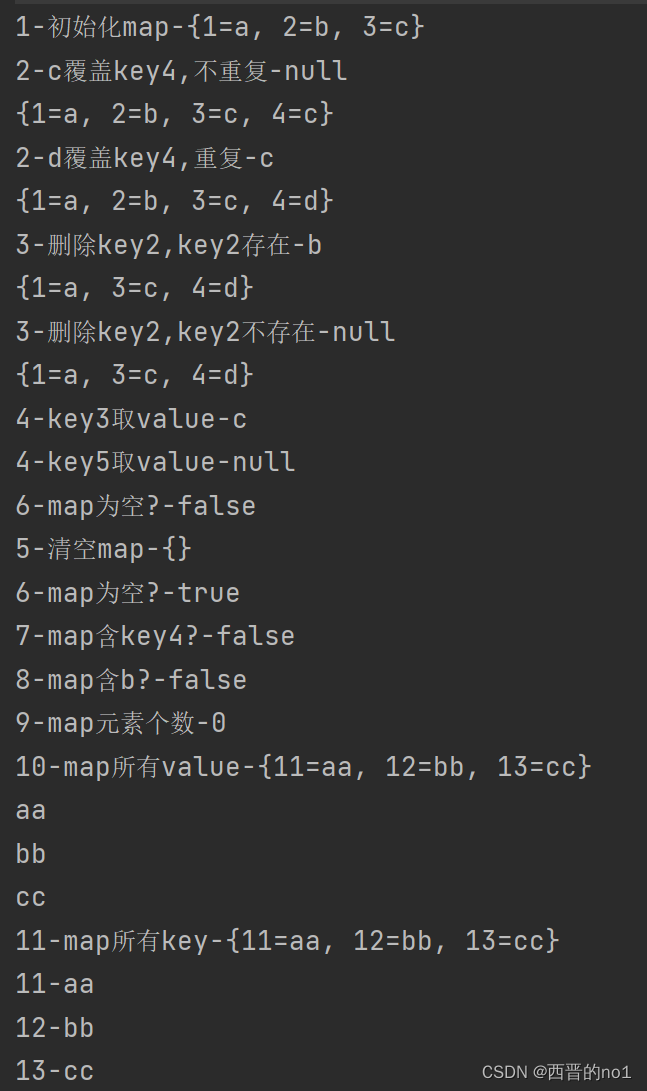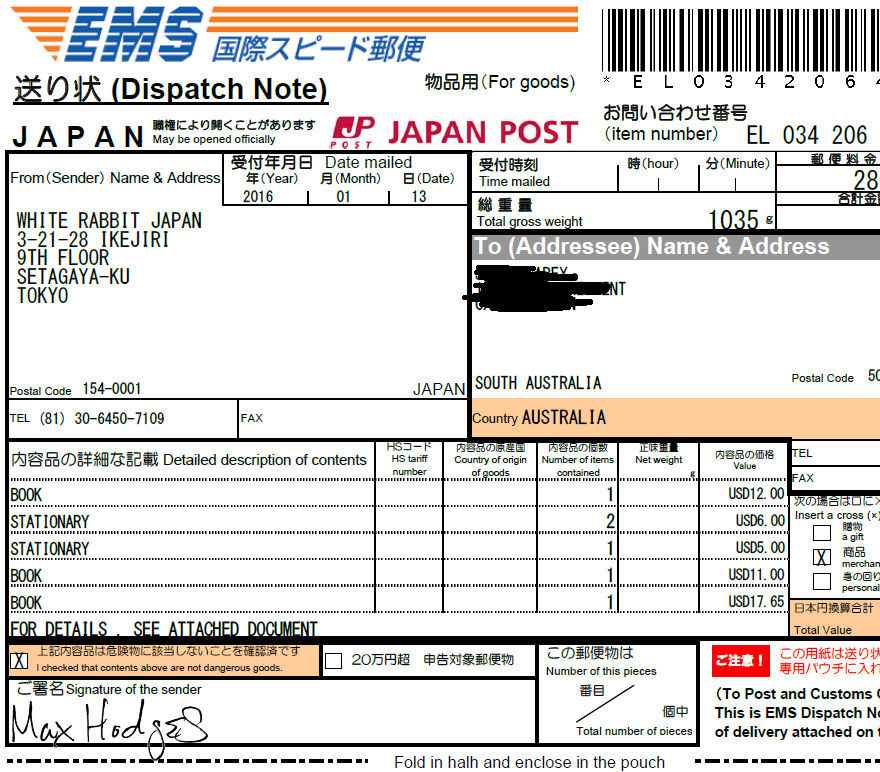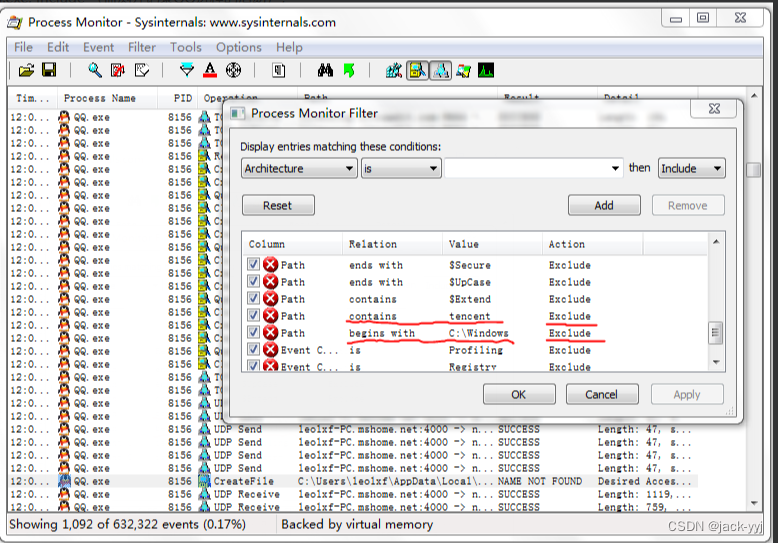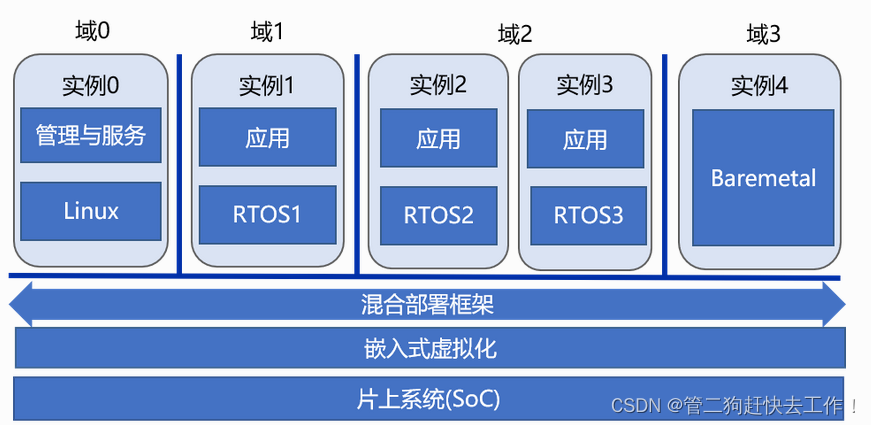问题现象
生产环境有个golang应用上线一个月来,占用内存不断增多,约30个G,这个应用的DAU估计最多几十,初步怀疑有内存泄露问题。下面是排查步骤:
分析
内存泄露可能点:
- goroutine没有释放
- time.NewTicker资源未及时释放
- slice切割的误用
…
开启pprof
我们的web框架使用的是gin,结合pprof
package main
import (
"github.com/gin-contrib/pprof"
"github.com/gin-gonic/gin"
)
func main() {
router := gin.Default()
pprof.Register(router)
router.Run(":8090")
}
浏览器访问:http://ip:port/debug/pprof

着重看下heap和goroutine


heap中发现代码中一个内存缓冲bigcache比较占用内存,goroutine中发现总共466700个goroutine,第一处代码占了466615个,这是肯定不正常的。至此,已基本确定内存泄露的点了,继续验证:
go tool pprof http://ip:port/debug/pprof/heap
输入top命令:


之前通过http://ip:port/debug/pprof/heap?debug=1查看到的bigcache占用内存,go tool 分析之后排除了内存泄露的可能性,因为程序在运行一段时间后,bigcache占用内存并未增长,goph.NewUnknown方法的代码位置和goroutine中client.go:72的指向是一致的,所以可以确定就是这块代码的问题。
代码分析
问题代码:
func NewUnknown(user string, addr string, auth Auth, t time.Duration) (*Client, error) {
type st struct {
cli *Client
err error
}
var ch = make(chan st) # 无缓冲队列
go func() {
cli, err := NewConn(&Config{
User: user,
Addr: addr,
Port: 22,
Auth: auth,
Timeout: DefaultTimeout,
Callback: ssh.InsecureIgnoreHostKey(),
})
ch <- st{ # 写阻塞 ①
cli: cli,
err: err,
}
}()
for {
select {
case <-time.After(t): # ②
return nil, fmt.Errorf("new ssh client time out")
case res := <-ch:
return res.cli, res.err
}
}
}
由于ch是无缓冲的channel,①处写数据可能会阻塞,当②超时返回时,由于ch没有被接收方,①处的goroutine会一直阻塞,造成内存泄露。
修复方案
var ch = make(chan st, 1)
设置一个有缓冲队列的channel,这样就算没有接收方,也能往里写数据。



















